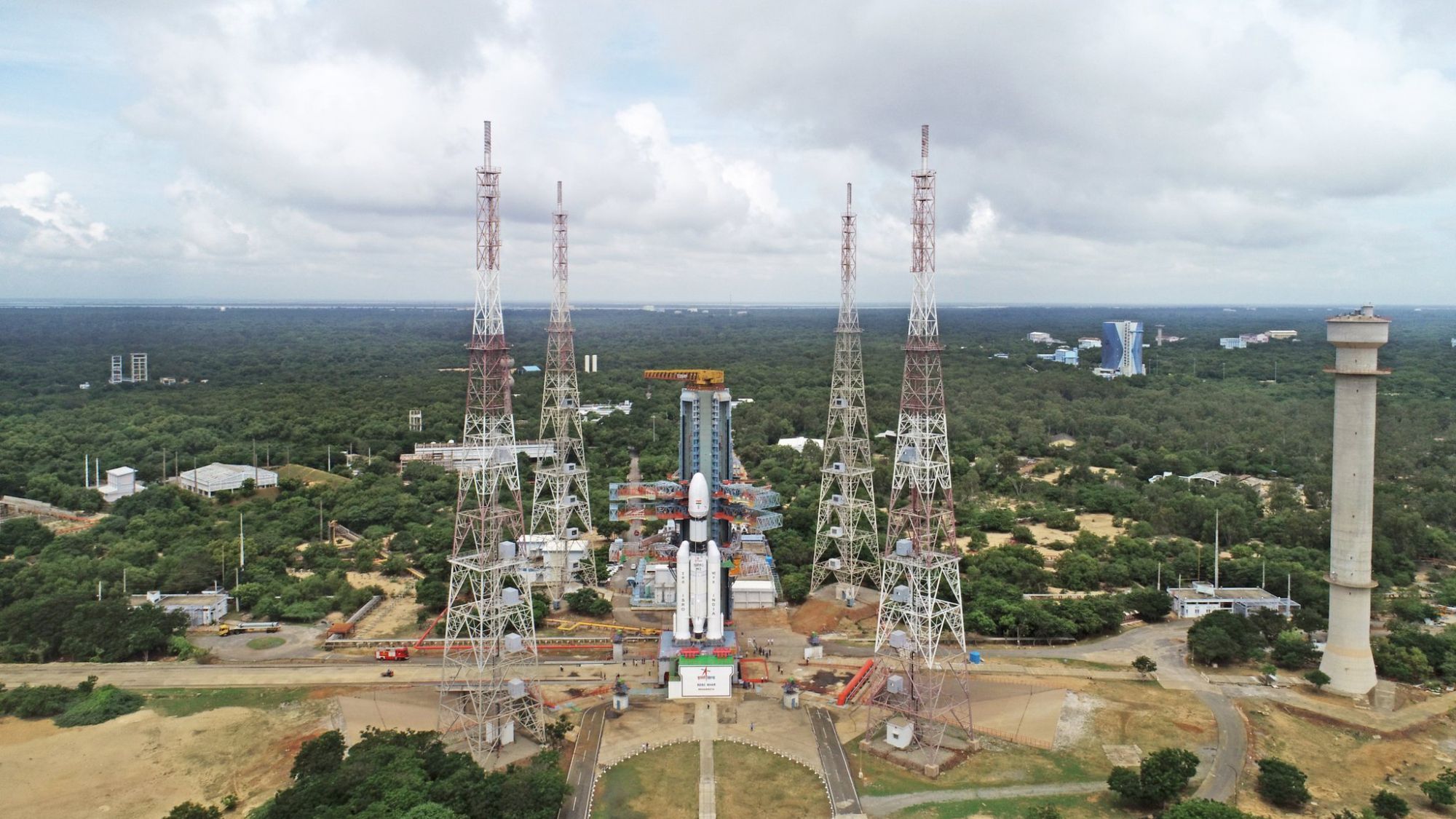India will launch a huge and powerful communications satellite for its navy early Sunday morning (Nov. 2), and you can watch the action live.
If all goes to plan on Sunday, the LVM3 will deploy the 9,700-pound (4,400-kilogram) CMS-03 into geostationary transfer orbit about 16 minutes after liftoff. It will be the heaviest communications satellite ever launched to GTO from Indian soil, according to ISRO.
The spacecraft will eventually settle into geostationary orbit, a circular path that lies 22,236 miles (35,786 kilometers) above Earth. At this altitude, orbital speed matches our planet’s rotational speed, allowing spacecraft there to “hover” over one patch of Earth continuously.
Geostationary orbit is therefore a popular destination for spy satellites and communications craft like CMS-03. The new satellite will serve as a key link for the Indian Navy, taking this mantle from GSAT-7, which launched in 2013.
“With upgraded payloads, GSAT-7R or CMS-03 is designed to expand secure, multi-band communications for the Navy’s growing blue-water operations,” the Times of India wrote. “CMS-03 will provide real-time communication for naval operations, air defence and strategic command control across a wide oceanic and terrestrial region.”
Sunday’s launch will be the eighth overall for the LVM3, which debuted in December 2014. The rocket flew most recently in July 2023, when it successfully sent India’s robotic Chandrayaan-3 mission to the moon’s south polar region.
The 143-foot-tall (43.5-meter-tall) LVM3 is India’s most powerful rocket. It can haul 17,600 pounds (8,000 kgs) to low Earth orbit, according to its ISRO specifications page.
